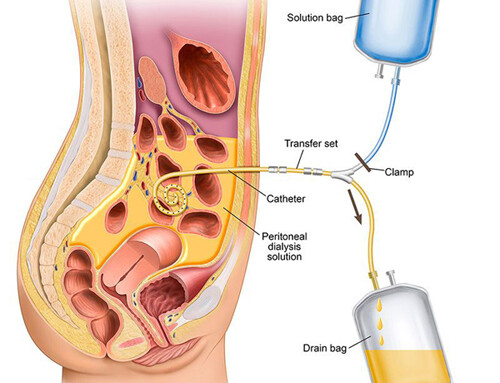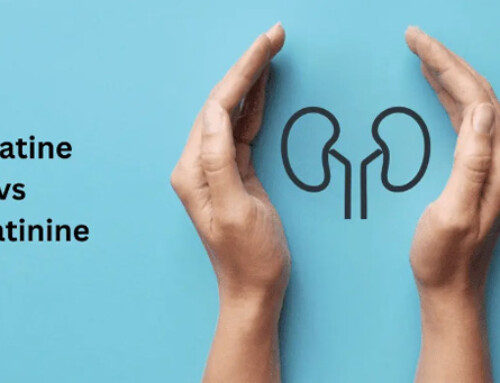Table of Contents
First of all, what’s the difference between a fistula and a graft?
To do dialysis you need to be able to consistently insert two large bore needles, 3 times a week. This is typically done via a fistula or graft.
Fistula: An artery is redirected to directly connect to a vein. Over time the arterial pressure causes the vein to get super big. This super big vein segment is the fistula.
Graft: A synthetic tube is placed which connects an artery to a vein. This synthetic tube is the graft.
Why do you need to know the difference? There are a few reasons, but an important one is infection. If a graft is infected that is a foreign body and needs to be removed. Fistulas are not foreign bodies and are not removed.
So, How do I tell the difference?
- Location
- Surgical Incision
- How it feels
Location
The access is either going to be in the forearm, the upper arm, or the thigh.
Forearm
- Radiocephalic Fistula: (Radial artery to cephalic vein) – If it starts at the wrist, below the base of the thumb, it’s a fistula.
- Loop Graft: (Brachial artery to cephalic or brachial vein): If it’s a horseshoe shape on the supine part of the forearm, it’s a loop graft. (Don’t see loop grafts too often).
Upper arm
Upper arm: Can be fistula or graft. Need to go on to steps 2 and 3 to differentiate
- Brachiocephalic fistula: (Brachial artery to cephalic vein).
- Brachiobasilic fistula / Basilic vein transposition: (Brachial artery to basilic vein, which is deep and needs to be superficialized).
- Graft: (Brachial artery to axillary vein).
Thigh
Thigh: These are not common and are usually (but not universally) grafts.
- Graft: (Superficial femoral artery to common femoral vein).
Surgical Incision
- Fistulas usually have one incision, where the artery and vein are connected. In the wrist and basilic – cephalic fistula, it’s a small incision. For the basilic vein transposition it’s a long incision (required to transpose or superficialize the basilic vein) extending up and down the upper arm.
- Grafts usually have two incisions. One at the arterial anastomosis and the other at the venous anastomosis.
Feel
- A fistula is a vein so it’s going to feel like a vein; that is spongy.
- A graft is a synthetic tube so it’s going to feel like a synthetic tube, firmer and formed.



